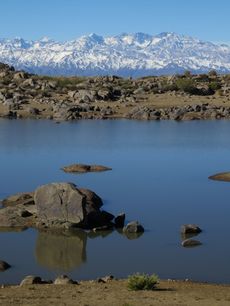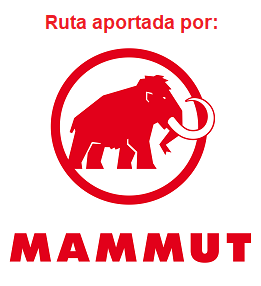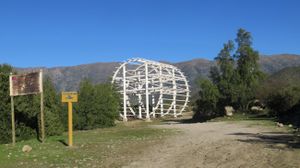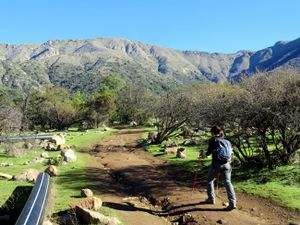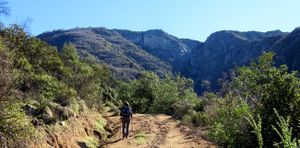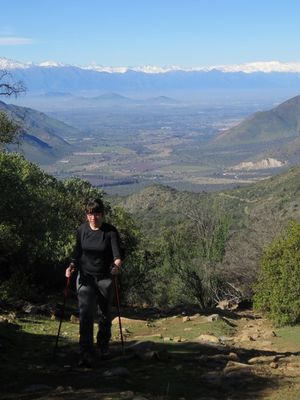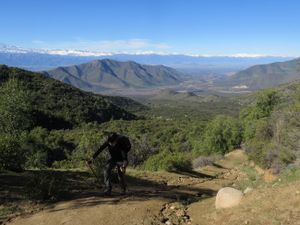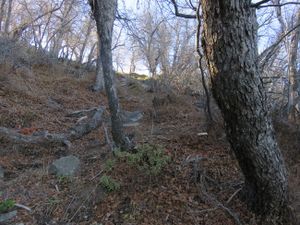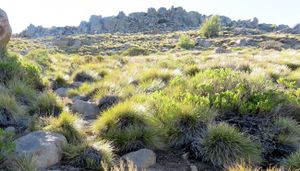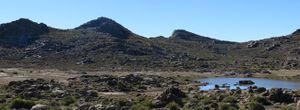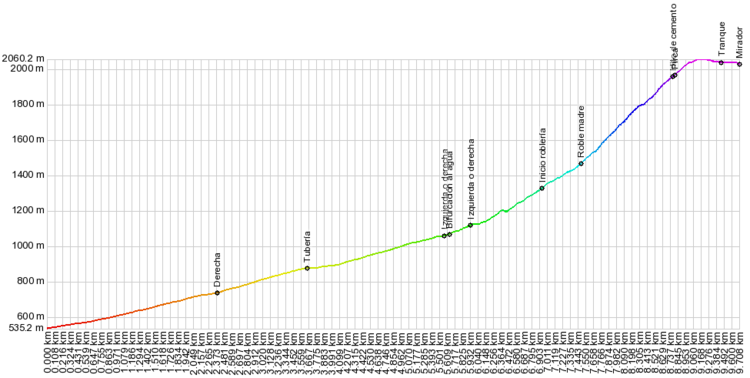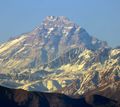Diferencia entre revisiones de «ENG:Laguna del Inca de Altos de Chicauma»
(→Photo Gallery) |
|||
| Línea 65: | Línea 65: | ||
== Photo Gallery == | == Photo Gallery == | ||
<gallery> | <gallery> | ||
| − | Altos_de_Chicauma_ (2) .JPG | [[Monte Aconcagua]] from Altos de Chicauma, July 2017 | + | Altos_de_Chicauma_ (2).JPG | [[Monte Aconcagua]] from Altos de Chicauma, July 2017 |
| − | Altos_de_Chicauma_ (15) .JPG | View of the valley of Santiago, July 2017 | + | Altos_de_Chicauma_ (15).JPG | View of the valley of Santiago, July 2017 |
</gallery> | </gallery> | ||
{{Trekkings Chile}} | {{Trekkings Chile}} | ||
Revisión del 19:12 17 jun 2019
|
|
| |||||||||||||||||||||||||||||||||||||||||||||||||||||||||
Época adecuada
Todo el año. Ideal a fines de mayo e inicios de junio, cuando la roblería está roja. Evitar los meses más calurosos del año, entre inicios de diciembre y marzo.
Acceso
En vehículo
A Lampa se puede acceder por la Ruta 5 Norte (Autopista Central) o por Vespucio Norte. Se recomienda lo segundo.
Avanzando por Vespucio Norte hacia el Poniente, 4,9 kilómetros después del cruce con Autopista Central se debe girar a la derecha y tomar el Camino Lo Echevers. Poner el kilometraje en cero en este punto.
Avanzar hasta la localidad de Lampa, donde la carretera por la que venimos se transformará en Avenida Barros Luco. Avanzar hasta que termina, y girar a la izquierda en Miraflores. Poco más adelante se llegará a una punta de diamante: tomar la derecha y seguir por Manuel Montt, hasta Antonio Varas, donde debe girarse a la izquierda. Tras una cuadra, se llega a Avenida Isabel Riquelme. Doblar a la derecha y avanzar 8,4 kilómetros por esta nueva vía, hasta un portón azul a la izquierda del camino, donde existe espacio para estacionar. Pocos metros detrás de este portón, existe una gran estructura metálica blanca, de forma tubular, que forma el esqueleto de lo que iba a ser una estación de teleféricos.
Son 26,6 kilómetros desde que se dejó Vespucio Norte.
En transporte público y autostop
Desde la estación de metro de Vespucio Norte, en el término de la línea 2, salen buses a Lampa. Ver detalles. Desde Lampa, hay buenas posibilidades de conseguir autostop hasta el punto de partida, es un camino con bastante tráfico.
Description of the route
From the gate (km 0 - 537m), move towards the white metal structure along the wide vehicular road. Soon you will go through an informative map, which indicates the lagoon as "reservoir". The route throughout this stretch is very clear, and with little slope. At km 2.4 (740m) you pass by a clear path that starts to the left, but you should not take it, but continue to the right along the vehicular road.
At km 3.6 (880m) you will reach an elbow on the road, where there is a large pipe. There is a temptation to continue straight, but not: follow along the elbow, always by the vehicular road. It has already gained a certain height, and the valley of Lampa begins to be visible behind us.
At km 5.5 (1060m), already with the narrowest footprint, you come to a bifurcation. Both lead to destination, but if you want to supply water you must take the left. 70 meters ahead of said point, there is a new fork: on the left, the clearest footprint, leads to the only point with water on the route (all year round) in the shade of a leafy forest of quillayes. Accessing the estuary implies a detour of 75 meters, which must then be retraced. To the right, the route that leads to the lagoon, and that at this point begins to win slope. Here the promotion begins in earnest.
At km 5.9 (1120m) you come to an unclear fork: if you are not careful, you will follow the wide footprint (red route) but you can also take the less marked footprint on the left (yellow route). Both arrive at destination and the distance is very similar.
At km 6.9 (1330m) the oak grove begins, which will accompany us almost to the end. The route zigzags to climb the slope. It is a section that, although it has a steep slope, is very green and pleasant. In autumn, it advances on a mattress of leaves. As there are almost no people, for a moment one forgets that we are a few kilometers from a megalopolis of six million inhabitants. At km 7.5 (1470m) the path passes next to the Oak Mother, a much thicker specimen than the rest.
At km 8.7 (1960m) you leave the oak forest. Right at this point, there is a large concrete landmark on the ground. It continues ascending through mountain pastures. Here the path can be lost a little, but the important thing is to continue ascending in the north direction.
After reaching the highest point of this part of the massif (2063m), the small lagoon will be visible some tens of meters below. It is recommended to advance to the eastern edge of the lagoon, passing by the small dam, which is nothing more than a few stacked stones and railroad rails. This gives an excellent view of the Santiago valley, the Lampa wetland, and the Andes mountain range.
Expected time
Consider four and a half hours of climbing, and three hours of descent.
Permisos / Tarifas
 |
Esta ruta es gratis y no se requiere permiso |
|---|
It is about private property. There is a sign that says "Private Enclosure | Do Not Pass," but this refers to vehicle access. Further on there is a public information map, with a description of the route and the characteristics of the area.
Recommendations
- Checklist: Aunque sepas perfectamente lo que debes llevar, es preferible chequearlo al empacar. Esta ruta ha sido clasificada como Type 1 equipment checklist: low altitude route, without camping, snow or cold.
- As the best date for this route is the beginning of June, when the days are short, it is advisable to leave early, to avoid running out of light when returning.
Weather forecast
- Meteochile Region of Valparaíso
- Accuweather Valparaíso
- Accuweather Viña del Mar
- Meteochile Metropolitan Region
- Accuweather Santiago
- Accuweather Puente Alto
Photo Gallery
Monte Aconcagua from Altos de Chicauma, July 2017
Revisa la lista completa de 621 rutas de trekking y las 345 rutas de montaña en Chile
|




